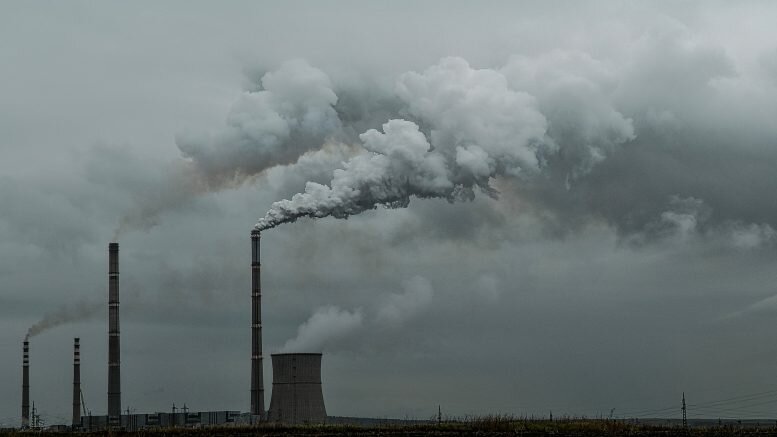The EU is denoting CO2 storage in Norway as a key project
CO2 storage under the seabed of the Norwegian continental shelf has gained status as a priority project in the EU. This can make it easier to get financial assistance from the EU.
It is Statoil’s plan to store CO2 from emissions in the Netherlands and UK, which now gets the thumbs up from Brussels.
Statoil’s plan is that CO2 can be transported to a reception facility at Kollsnes in Hordaland. From there it can be sent in pipes into the sea and pumped back into a reservoir deep below the seabed at Smeaheia east of the Troll gas field.
It is the same solution that is planned to be used to store CO2 stemming from Norwegian industrial plants.
Collaboration Projects
The Statoil plan is one of a total of four CO2 capture and storage projects, known as CCS, which this week was listed on the EU’s list of “projects with common interest” regarding energy policy.
This is the first time CCS projects are included, the EU’s climate commissioner Miguel Arias Cañete points out.
– These projects are particularly important for power-intensive industry as a way to reduce the CO2 footprint, he says.
The prerequisite for being listed is that the project involves cooperation between at least two countries. Statoil’s plan is to store CO2 from industry at Teesside in the UK and from the gas power plant Magnum in the Netherlands.
Does not promise money
The status as a priority EU project is primarily to be understood as a clear signal of political support and not as a promise of monetary aid, the EU Commission emphasizes.
The projects on the list are however always eligible for EU funding and they have prioritized access to assistance from the European Investment Bank (EIB). There are also several other support schemes within the EU system that can help fund the capture and storage of CO2.
Extreme costs have repeatedly led CCS projects to flop, and during the autumn there has also been a lot of turmoil surrounding the Norwegian plans.
Huge costs
Norway aims to establish at least one full scale facility for capture and storage of CO2. When the state budget for 2017 was presented, significant doubts were however expressed about the Government’s willingness to carry out the project.
In the budget proposal, support for further review of the project is cut by almost 95 percent. This has not changed during the budget process including the Liberals and Christian Democrats.
Minister of Energy, Terje Søviknes (Progress Party), has estimated that the project will have a price tag of between NOK 2 to 4 billion every year. According to him, it will therefore constitute a large part of the leeway in the state budget.
Questionable
According to Norway Today’s sources, it is not exactly rocket science, nor very expensive, to use existing pipelines to send CO2 back using the same equipment used to transport natural gas to the continent. As a matter of fact: if there are coal deposits present sub sea, you can gain more “clean” energy by saturating those deposits by doing so.
A much bigger problem is at present is that most offshore facilities are still using inefficient & “dirty” generators to provide power to run their operations. Norway Today can likewise not understand why sea going vessels such as Cruise ships are not required to connect to the regular power grid when in port instead of using diesel aggregates.
© NTB Scanpix / Norway Today





